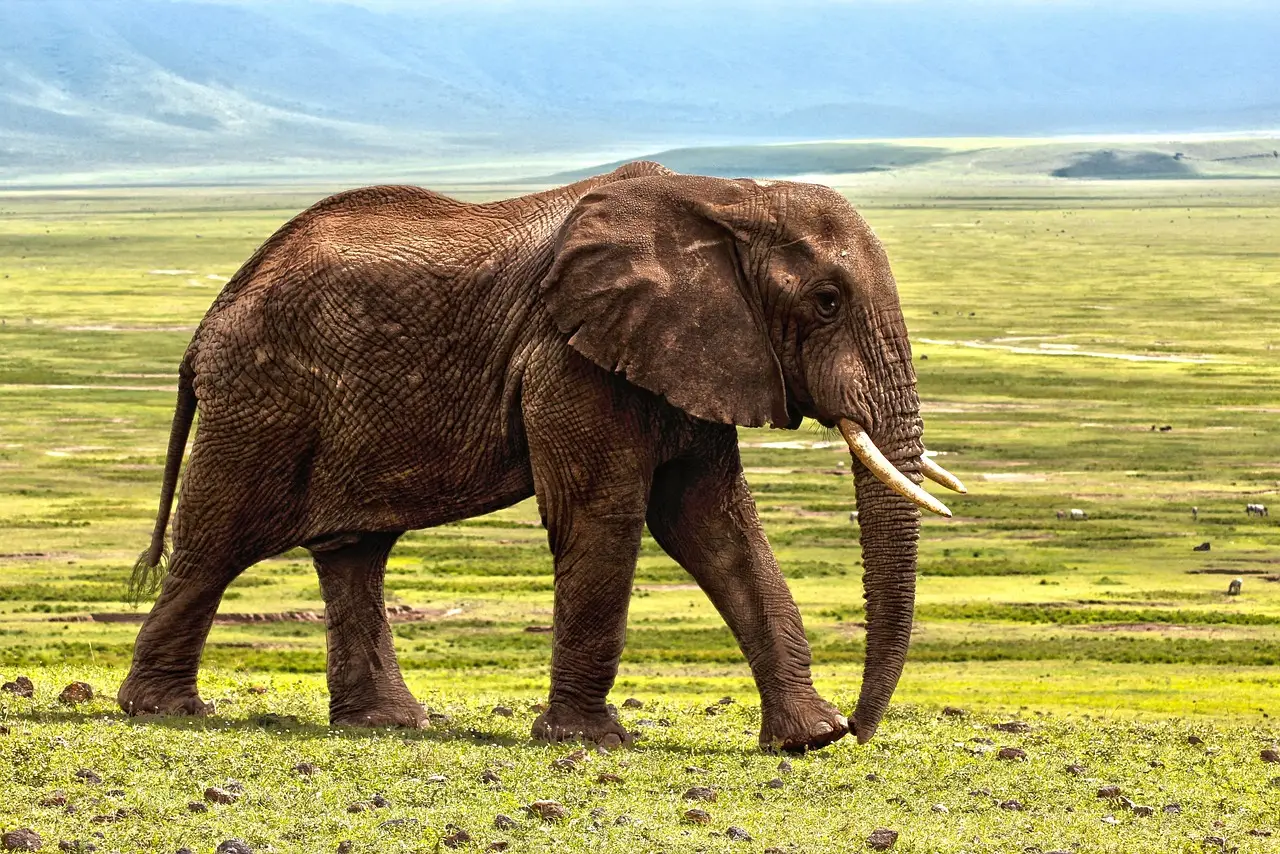
Desert Animals - Arid Wildlife Sounds & Calls
Discover the fascinating world of animal habitats in desert ecosystems. Discover the remarkable world of desert animals and their specialized arid vocalizations. Desert animals like snakes and tortoises have adapted unique calls for extreme desert conditions. Explore authentic desert animals sounds from harsh arid environments worldwide.
Desert Soundscape
The quiet intensity of desert sounds with wind, sand, and desert animal calls
Animals in Desert Habitats
Explore 3 fascinating species that thrive in these animal habitats. Each creature has adapted uniquely to survive and communicate in this ecosystem.
Loading animals from these animal habitats...
Desert Habitat Characteristics
These animal habitats are defined by unique environmental conditions that shape the lives of countless species.
Extreme Temperature Swings
Desert animals experience dramatic daily temperature variations from scorching 50°C days to near-freezing nights, shaping unique behavioral adaptations.
Water-Scarce Environment
With less than 200mm annual rainfall, desert animals develop remarkable water conservation strategies and specialized vocalizations for arid survival.
Enhanced Acoustic Properties
Dry desert air allows desert animals sounds to travel exceptionally far with minimal distortion, enabling long-distance communication.
Nocturnal Activity Centers
Most desert animals become active at night when cooler temperatures allow for safer movement and more active vocal communications.
Specialized Survival Adaptations
Desert animals have evolved unique physiological and behavioral traits, including modified calls that conserve moisture and energy.
Oasis Congregation Points
Rare water sources become acoustic hotspots where multiple desert animals species gather, creating complex soundscape interactions.
Environmental Conditions
Understanding the climate helps explain how animals in these animal habitats have evolved their unique vocalizations.
Temperature Range
10°C to 50°C (extreme temperature swings)
Average temperature conditions in these animal habitats
Humidity Level
10-30% (very dry)
Moisture levels that influence animal behavior and sounds
Precipitation
25-200mm annually (very low)
Rainfall patterns affecting ecosystem dynamics
Ecosystem Wonders
Discover the extraordinary features that make these animal habitats unique ecosystems where wildlife thrives and communicates.
Extreme Temperature Swings
Desert animals experience dramatic daily temperature variations from scorching 50°C days to near-freezing nights, shaping unique behavioral adaptations.
Water-Scarce Environment
With less than 200mm annual rainfall, desert animals develop remarkable water conservation strategies and specialized vocalizations for arid survival.
Enhanced Acoustic Properties
Dry desert air allows desert animals sounds to travel exceptionally far with minimal distortion, enabling long-distance communication.
Nocturnal Activity Centers
Most desert animals become active at night when cooler temperatures allow for safer movement and more active vocal communications.
Specialized Survival Adaptations
Desert animals have evolved unique physiological and behavioral traits, including modified calls that conserve moisture and energy.
Oasis Congregation Points
Rare water sources become acoustic hotspots where multiple desert animals species gather, creating complex soundscape interactions.
Protecting Desert Habitats
These precious animal habitats face increasing environmental threats. Understanding conservation challenges helps protect wildlife ecosystems.
Environmental Threats
Critical challenges facing ecosystems
Desertification expansion
Desertification expansion
Water scarcity and drought
Water scarcity and drought
Human development pressure
Human development pressure
Climate change intensification
Climate change intensification
Overgrazing and soil erosion
Overgrazing and soil erosion
Conservation Efforts
Protecting our natural world
Desert animals face increasing threats as desertification expands rapidly, affecting 1.5 billion people globally. Conservation efforts focus on protecting desert animals through sustainable water management, drought-resistant vegetation programs, and supporting nomadic communities who traditionally manage desert animals habitats. Establishing protected areas around key water sources helps preserve desert animals populations and their specialized adaptations essential for arid ecosystem balance.
How You Can Help
Discover Other Animal Habitats
Continue your journey through diverse animal habitats around the world. Each ecosystem offers unique wildlife sounds and fascinating species.

Ocean
Ocean animals and their marine vocalizations

Forest
Forest animals and their woodland vocalizations

Savanna
Savanna animals and their grassland vocalizations